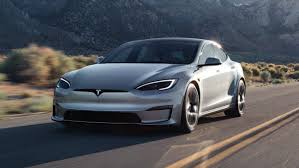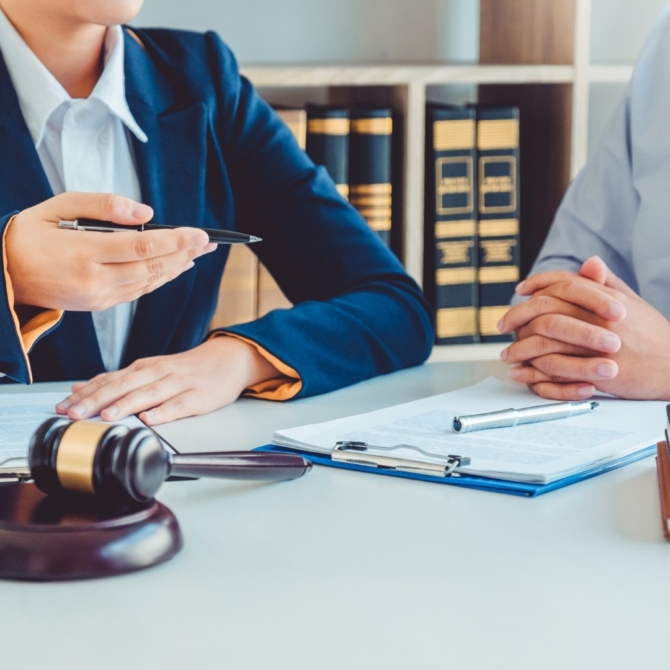25Views

Some drivers mistakenly believe they can avoid DUI charges with their Tesla’s Autopilot feature active. This is an inaccurate belief and must be addressed as soon as possible.
At Level 5, self-driving technology will not yet be commercially available and therefore current motor laws will govern driver and passenger safety. Therefore, it is imperative that everyone understands how vehicle automation interacts with driver responsibility.
Autopilot is not a full-fledged self-driving system
Tesla’s Autopilot feature is a driver assistance system which includes automatic emergency braking, forward and side collision warnings, obstacle-aware acceleration and blind spot monitoring; plus auto parking and lane-departure warnings. Although these features provide important safety benefits for you vehicle, they still do not give it full autonomy – even the “Full Self-Driving Capability” option (activated only when placing car in park) requires driver presence for optimal performance; hence why Tesla qualifies its “Supervised) parenthetical on their website to match SAE Level 2 conditional autonomy requiring constant oversight from you the driver – consistent with SAE Level 2 conditional autonomy (SAE Level 2) conditional autonomy that requires constant monitoring from you as driver.
While Tesla markets Autopilot as a fully autonomous system, federal safety regulators do not approve of it for operation without driver oversight. Indeed, the National Highway Traffic Safety Administration initiated an investigation after multiple fatal collisions involved vehicles operating without human input; such crashes included sudden brake slamming without cause, acceleration that caused vehicles to leave their lane and colliding into stationary first responders with flashing lights.
NTSB’s preliminary investigation has uncovered evidence revealing that Banner was driving his Model 3 on Autopilot at the time of impact with the truck, leading them to criticize its design as it permits drivers to activate it even on roads and in conditions for which it wasn’t meant.
You still have to be in control of the vehicle
Jovani Maldonado’s tragic crash in March 2023 was just the latest incident involving Tesla drivers and Autopilot. Unfortunately, many users who use Autopilot forget they still must actively engage with driving activities; especially if distracted by reading books or magazines or conversing with passengers or watching a video on their smartphones.
According to the NTSB’s investigation of Banner’s accident, he activated his car’s Autopilot at 6:16 a.m. and set his cruise control to 69 miles per hour (while the speed limit on highway roads is 55). Two seconds after this action was taken, Banner no longer had his hands on the wheel and Autopilot changed lanes automatically.
Even though Tesla claims its system can handle highway traffic safely, its Autopilot feature was not intended for such usage and drivers are warned about doing so on public roads as using Autopilot on such routes can be extremely hazardous.
The NTSB’s latest investigation focuses on how drivers use Autopilot, particularly how it fails to recognize stationary objects like emergency vehicles. This differs from prior probes which focused on driver distraction. Tesla recently issued an over-the-air update with more warnings about using this feature properly, and their investigation also seeks to ascertain whether Autopilot truly qualifies as a self-driving system as claimed by CEO Elon Musk in interviews.
You can still be charged with a DUI if Autopilot fails
Law enforcement still takes seriously drivers under the influence of alcohol or drugs, regardless of whether the vehicle is set on Autopilot mode or not, thus making an Autopilot defense invalid in case you’re charged with DUI. Therefore, don’t try using Autopilot mode as an excuse when charged with DUI.
Even with Tesla Autopilot enabled, using it while drunk is not recommended. The system is meant to assist your driving rather than replace you altogether; using it while drunk could still result in fatal accidents.
According to the NTSB’s report on Banner’s death, Autopilot was not designed to operate on roads with cross traffic such as U.S. 441. Additionally, it struggled with identifying obstacles in its path at high speeds and did not detect semi-trucks.
Still, Banner activated the feature despite warnings and was killed when his Tesla collided with a concrete barrier at over 70 mph. Furthermore, he made another common error when using Tesla features: failing to keep both hands on the wheel at all times while driving. While resting your hands while using Tesla features is often recommended for driver comfort purposes, one must always remain aware and prepared to take control of the vehicle at any moment if necessary.
You can still be charged with a DUI if you are intoxicated
Recently, a group of friends posted a Tik Tok video appearing to show them driving while apparently intoxicated. The driver’s seat is empty while they sing an old Justin Bieber tune while drinking from open containers – none are wearing seatbelts either!
However, even though they’re using Autopilot, this doesn’t exempt them from DUI laws. According to Pennsylvania DUI law, someone can still be charged with driving under the influence if their ability to operate safely while under the influence is compromised by alcohol consumption – meaning even if your Tesla is on Autopilot mode you could still face charges of DUI if over the legal alcohol limit or your ability to operate safely while impaired. So even if your car is using Autopilot you could still be subject to criminal prosecution for DUI if over the legal alcohol limit or impaired due to alcohol intake – meaning even if your Tesla car was using Autopilot mode you could still face legal consequences and be charged with criminal violations for DUI if over this legal limit – meaning even if your Tesla was on Autopilot mode you could still face legal charges even if over the legal alcohol limit or your ability to operate safely was impaired due to being impaired due to being impaired due to alcohol consumption while using it’s Autopilot mode or not being operated manually you could still be charged with DUI even if over the legal limit; meaning even if your Tesla was using Autopilot mode it could still be charged with DUI charges even if over this limit or impaired due to alcohol impairment due impairment caused by being over its legal alcohol limit; hence even though your car were actually using its Autopilot mode it could still be charged with DUI charges should being exceeded legal limit while operating safely while operating it would a cause impairment by alcohol consumption while operating safely operating safely due impaired while operating safely operating safely by alcohol impaired while operating safely due – even charged with DUI charged regardless.
One such fatal crash involving Autopilot happened in March 2019, when two individuals driving on Autopilot died and injured another when their Tesla struck a truck crossing U.S. 441 near Detroit. The truck driver suffered severe injuries as a result.
Crash occurred while couple was watching video on their phones while using cruise control. Police body-cam footage shows that Romeo Lagman Yalung took his eyes off of the road for 25 seconds prior to impact. Tesla’s Autopilot system provides warning if drivers take their hands off for too long; however, as shown by this incident it wasn’t sufficient enough to keep people safe on the roads.



